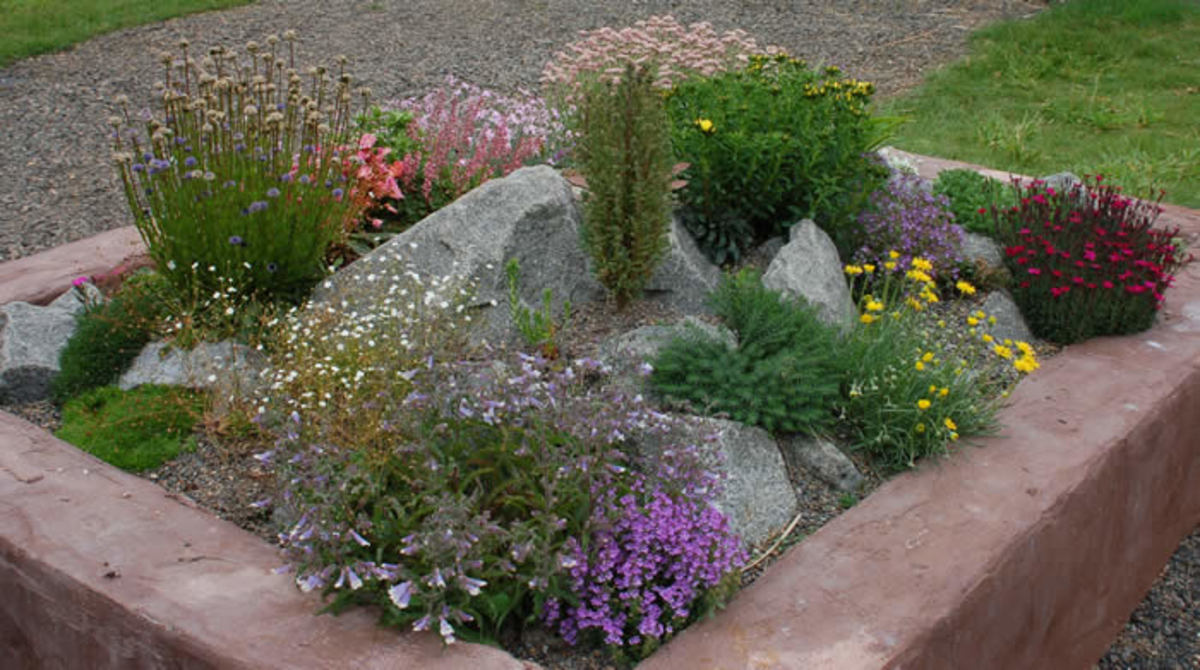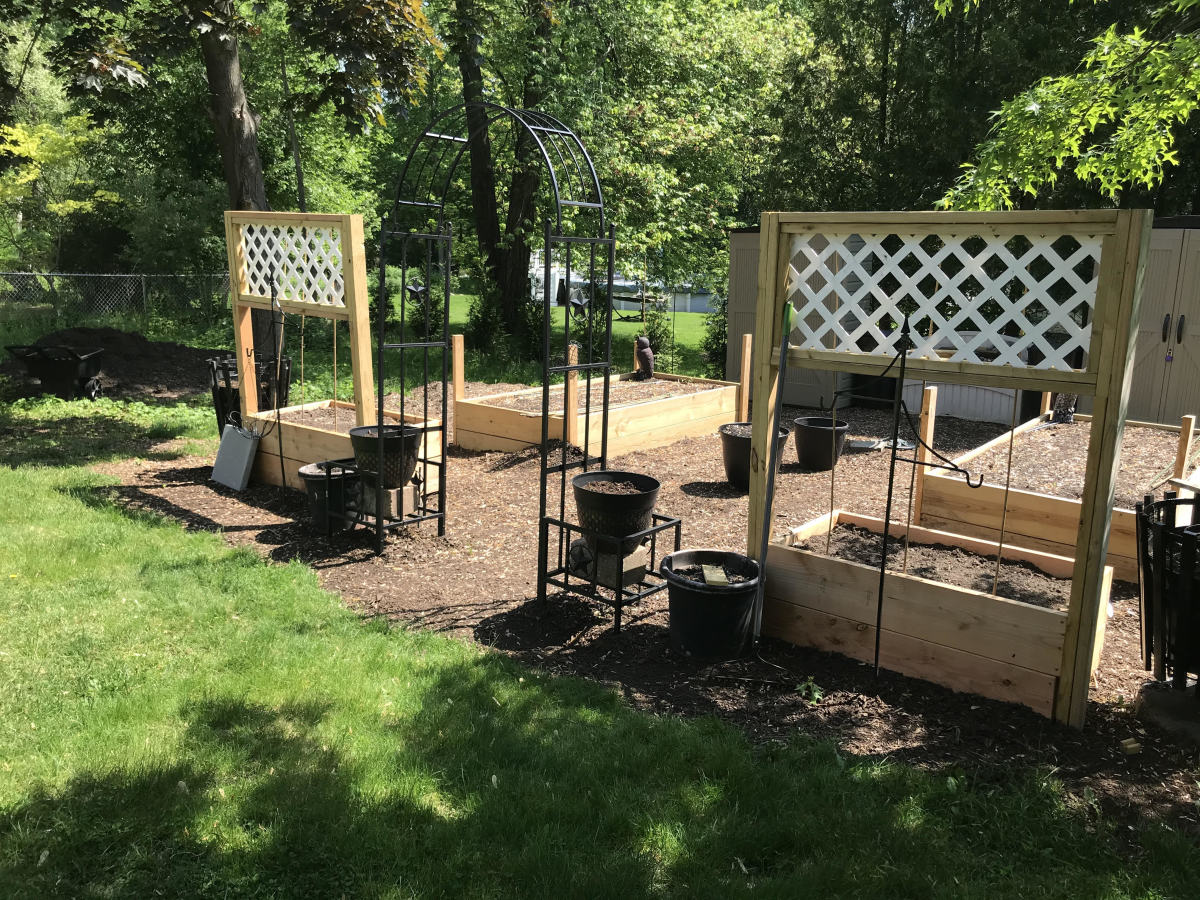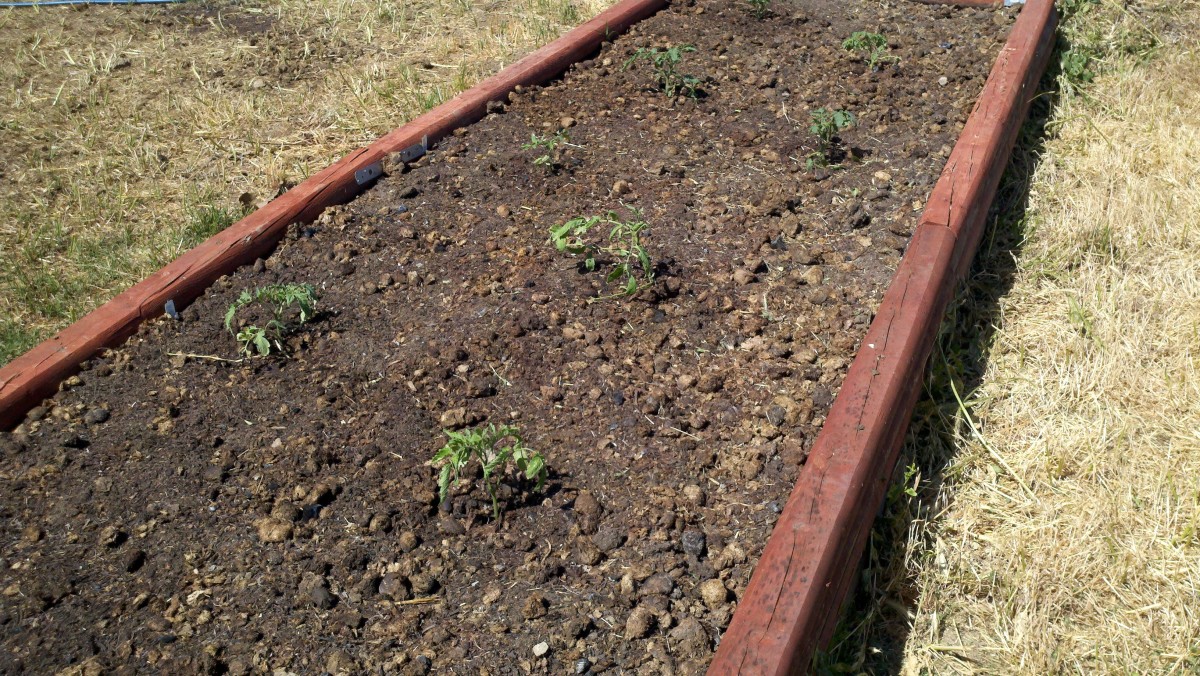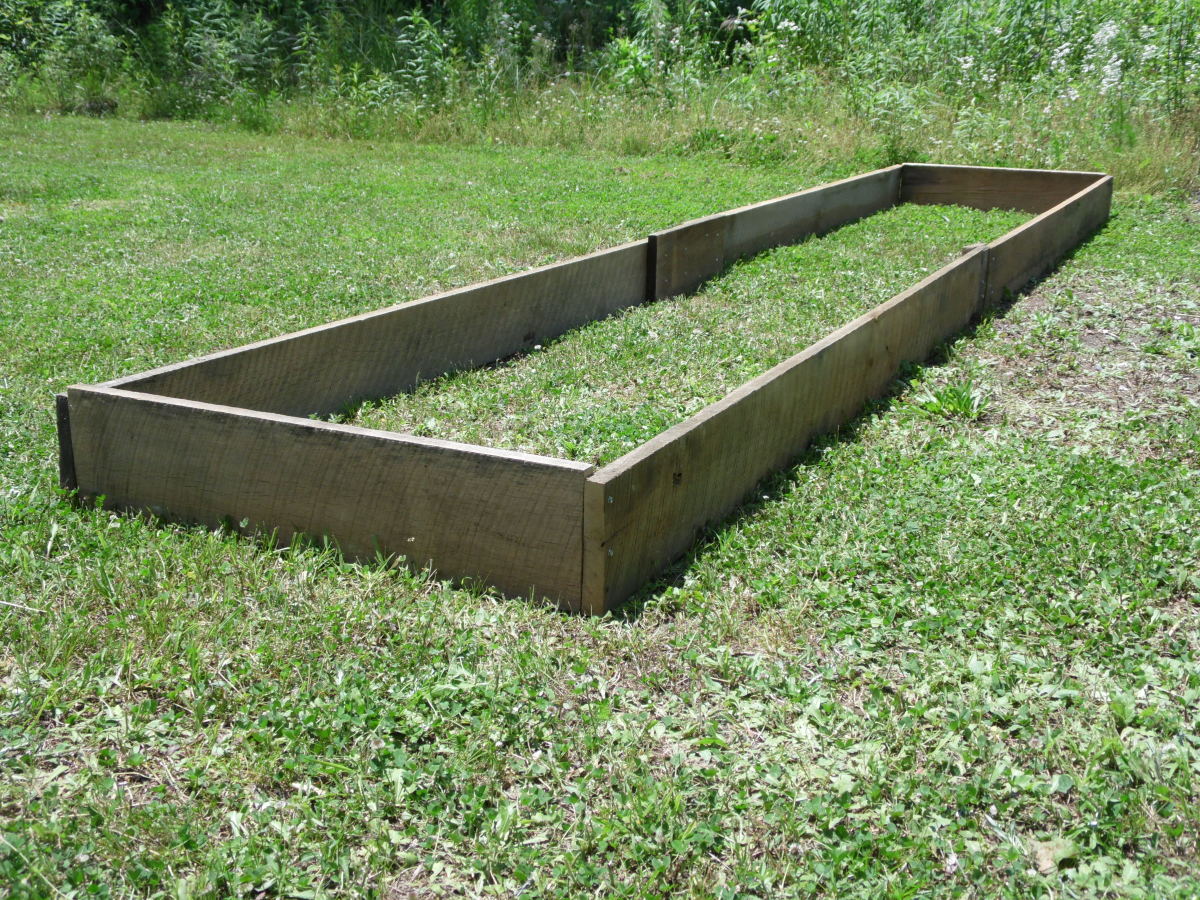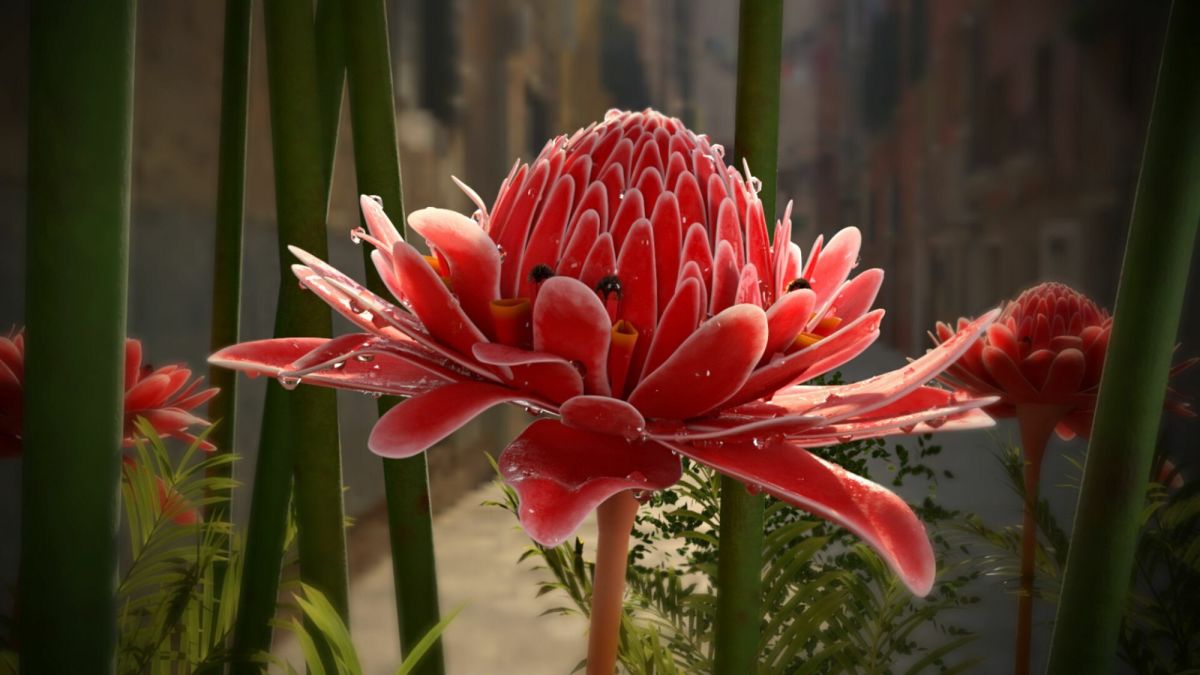Urban Gardening: How to Build a Raised Bed for Square Foot Gardening
Raised beds have become more popular in recent years, with due respect. They are one of the most efficient ways of growing vegetables regardless of the soil conditions you have to work with. Combine that with square foot gardening and you have a recipe for success.
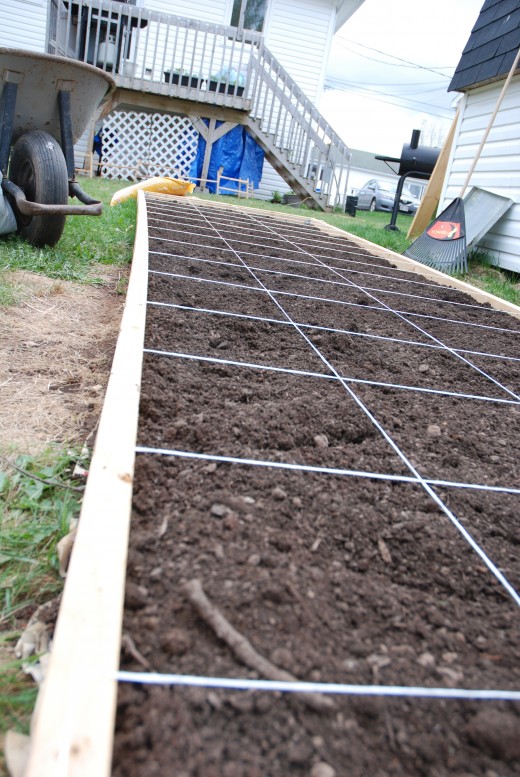
Why Build A Raised Bed?
I don't think I can put into words how much I love the idea of raised bed (and even container) gardening! Regardless of what kind of soil you have, you can be sure that your raised bed plants will have all they need. The idea is simple: you build a frame and fill it with a perfect mix of soil. The plants and the sun do the rest!
Raised bed gardening works because your giving your plants everything they need to thrive. It has been shown that root systems don't really benefit from going any deeper than 6 inches as long as they have enough nutrients available. Root veggies like carrots and potatoes can also grow in raised beds.

Great For Urban Living
This compact and easy garden plan makes it ideal for urban living. The design is relatively maintenance free so it works even if you don't have a lot of time to spend on it every day. There may be an occasional weed to pull now and again, but most of your time spent on your garden will be harvesting the fruits of your (very little) labor. It is quite surprising the amount of veggies you can grow in just a 4 by 4 foot square. You get the benefit of knowing where your food came from, the pleasure of eating it, and even get to free up some money up in the budget.
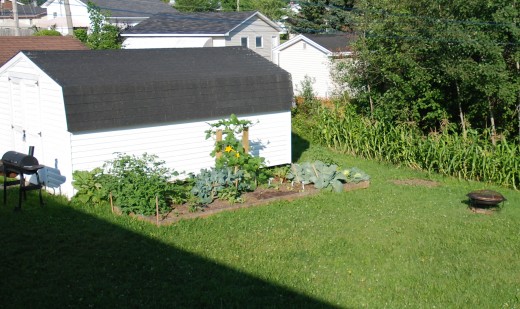
Where To Get Started
Making your own raised bed garden is as simple as building (or buying) a basic frame, about 6" deep, and filling it with soil. You want to have a good mixture of soil so your plants will do well. This means you need a good mixture that will balance water retention, drainage, and nutrient availability. You want to mix these three key ingredients in equal parts, more or less. That means about a third of each (in volume, not in weight). We used soil that we purchased from a local landscaping company that was premixed to have good drainage, then we added some peat moss for water retention, and finally a mixture of compost for nutrients. We raise rabbits so we had quite a bit of rabbit compost in addition to our regular household scrap compost. We also purchased some sheep and cow manure. It is important to have a variety of compost to provide all the micro nutrients your plants may need.
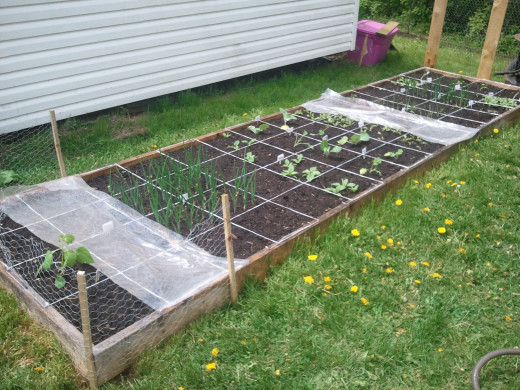
Why are you interested in raised bed gardening?
Selecting A Location
You want to make sure you put your bed in a location that gets plenty of sunlight throughout the day. I'd also recommend putting it somewhere close to your home so you can keep an eye on it from inside. Not only can you monitor the health of your garden easily this way, but you also get to see the work you put in paying off as each day passes. If your location is shaded, or doesn't get sun all day, you may want to select varieties of vegetables that grow better in these conditions. Avoid putting your bed in high traffic areas, and areas that tend to get wet or waterlogged.
Making It Better: Square Foot Planting
Finally, as stated by Mel Bartholomew, you cannot have a true square foot garden without sectioning off the square feet. You can use whatever materials you have laying around to make a sort of grid on top of your raised bed. We simply put nails in at every square foot and wrapped twine around them. Once the twine was strung, we hammered in the nails to keep everything in place.
If you are unfamiliar with the technique of square foot gardening, I highly recommend you give it a look. It adds another dimension of ease and success to your garden.
Happy planting!

